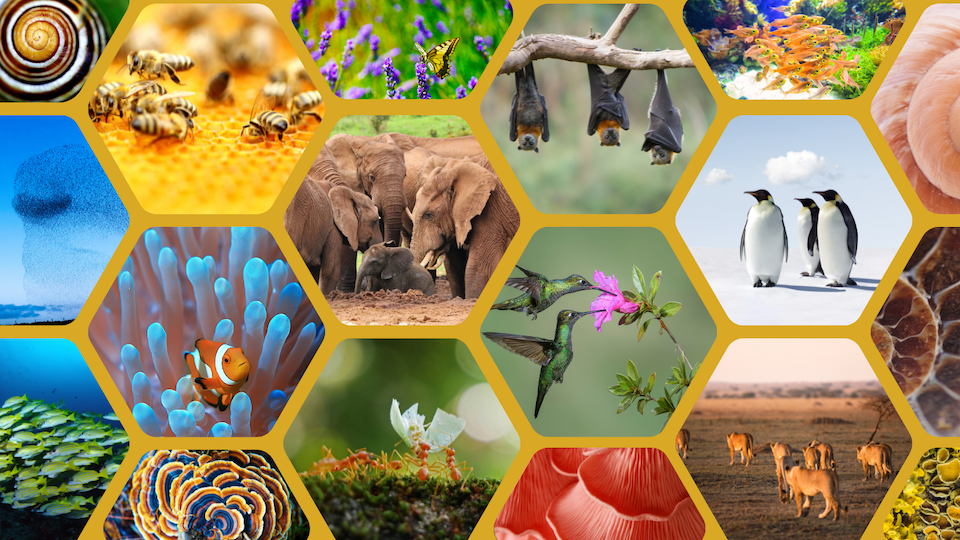Biomimicry for thriving organizations and movements

How can we tap into nature's genius to help us create a more adaptable, resilient and collaborative world?
If you’ve heard of biomimicry before, it may have been in the context of architecture or technology — maybe the first images that come to you are the seashell spirals you find in buildings or airplanes inspired by the body structure of birds. But how can we also tap into the genius of nature to support our movements and organizations? How does nature promote collaborative leadership?
In our first Leap of Leadership meetup of 2023, hosts Ellen Sprenger and Purity Kagwiria dove into these questions with Ana Javier Quintero, a self-described apprentice of biomimicry whose purpose is to generate systemic changes inspired by the wisdom of nature. Ana Javier is the COO of her company Micelio and a contributor to Biomimicry for Social Innovation. She introduced us to six of her animal mentors and guided us through the following three life principles related to collaborative leadership: self-organizing, cooperative relationships, and feedback loops.
Listen to the 31-minute audio summary over a cup of coffee/tea and read on for more session highlights and resources to help you tap into nature’s genius.
Throughout the audio, you’ll hear Ana Javier describe her six mentors and play video clips that demonstrate the life principles they represent. You can follow along by clicking on the links in the text below.
Session highlights
Breaking the spell
The facilitator Gibrán Rivera recently wrote that, “all of humanity is still contending with the reverberations of 500 years of European imperialism. Most of us remain colonized by a spell. A spell that tells us that to be human is to stand alone, to extract, consume and accumulate, to be afraid of each other…”
Decolonizing is a process of breaking this spell by remembering that we as human beings are nature and recognizing that we are all deeply interconnected. If you go outside and observe the flora and fauna that make up our ecosystems, you’ll start to notice certain patterns such as diversity and cooperative relationships — what Biomimicry 3.8 calls “Life Principles.” These Life Principles have been used by nearly all species to survive and thrive on Earth, ever since life started over 3.8 billion years ago.
What if, instead of extracting from nature, we could learn from nature to help us create a more adaptable, resilient and collaborative world? One way to learn from the 3.8 billion-year-old blueprint of life is through biomimicry, innovation inspired by nature. When struggling with a question about our leadership, organizations and movements, we could start by asking one simple question: How would nature do it?

Life Principles (Source: Biomimicry 3.8)
Self-organize using simple rules
🎥 Canada geese flock flying overhead
Our first mentors are the Canada geese who, like many migratory birds, self-organize into a V-shape formation when flying great distances. Each bird flies slightly higher than the one in front of them which reduces wind resistance and produces an updraft that helps the individual birds conserve energy. The goose at the front bears the full weight of the wind and when that bird grows tired, they move to the back of the formation, allowing another goose to take the lead. By knowing when to fly to the back and make room for others, the geese take turns leading, enabling the entire flock to fly more efficiently and cover 70% more distance than if they were to fly alone.
When a honeybee hive becomes overcrowded — often containing tens of thousands of bees — one group of bees self-organizes to leave the hive in a swarm and find a new place to live. Once a scout bee locates a potential new site, it returns to the swarm to provide information on the presence, quality, direction and distance of the site through a “waggle” dance. The angle of the waggle in relation to the sun represents the direction of the site and the distance is conveyed by the duration of the waggle; the longer the waggle, the more distant the site. The faster a bee vibrates, the more promising it thinks the site it explored is.
The scout bees use a quorum decision-making process to determine the “best” nest site. These scout bees independently locate and assess the strongly recommended locations and as soon as the number of bees at any given potential site reaches about 15, this group returns to the swarm to signal a final decision to relocate to that site. Because every bee knows its role and can effectively communicate with its hive mates, they’re able to set up new nest sites and contribute to the sustainability of their colony.
Cultivate cooperative relationships
🎥 Emperor penguins huddle for warmth
Emperor penguins can teach us how to cultivate cooperative relationships when dealing with harsh conditions. To conserve energy and protect themselves from the cold Antarctic winter, male penguins huddle close together with their eggs in large groups when the females go to sea to feed. Within a huddle, emperor penguins shift their position in a wavelike movement. Every 30-60 seconds a penguin will move, triggering neighboring penguins to also move. These actions result in a wave of movements across the huddle, which over time leads to large-scale movement of the huddle and keeps the pack as dense as possible. This constant reorganization of the huddle ensures each penguin a turn in the middle of the huddle, which helps keep the penguins and their eggs warm.
🎥 Wolf receives meal notification
We can also learn from cooperative relationships between species. In their studies of wolf populations, biologists noticed that wolf packs always had dinner companions: ravens. Using their excellent visual recognition and communication skills, ravens tend to make lots of noise when they see a dead animal or potential prey, drawing attention to the prey so that larger animals like wolves can eventually provide food for the ravens. Once a pack of wolves kills their prey, ravens can potentially consume or carry off a third or more of what the pack killed. Wolves and ravens are usually seen feasting side by side and ravens will act as the pack’s additional pair of ears and eyes by remaining alert and calling out if danger is near.
Activating feedback loops
We can pull learnings from our own bodies as well. Our skin — especially our fingertips — contain sensory receptors to collect information from the environment surrounding them. When we’re kids, we quickly learn that we’re not supposed to touch hot objects in the kitchen because we’re going to get burned. When we touch a hot object, our sensory receptors produce electrical signals which travel via a sensory nerve along the arm to the brain where they are processed, compared to past experiences and finally labeled. This is an example of a built-in feedback loop that enables us to make decisions based on the information our bodies receive.
🎥 Why this bat chooses to snooze in a meat-eating home
A carnivorous pitcher plant in Borneo and a type of woolly bat have developed a mutually beneficial relationship as a result of a long chain of feedback loops. This particular pitcher plant, Nepenthes hemsleyana, has difficulty attracting insects so it has developed to gain its vital nutrients from bats’ droppings instead. The back wall of the plant has evolved to strongly reflect the bats’ ultrasonic calls and thus is easily detected by echolocation. Its shape perfectly fits to the bat’s body size who uses the plant to roost safely while the bat’s feces contributes to more than a third of the plant’s nutrient needs. How can we learn from this relationship to co-evolve and adapt to our conditions in a strategic way?
Now that we’ve introduced you to some of nature’s mentors, how can you further bring nature’s genius into your life? You can get started with some of the below resources recommended by Ana Javier and keep asking yourself the question: What would nature do?
Resources
- Go outside and ask how does nature do it?
- Life’s Principles Leadership Cards is a deck of 52 cards that introduce you to plant and animal mentors who embody Life's Principles and offer guidance for your leadership.
- DesignLens: Life's Principles provides a basic overview of Biomimicry 3.8’s tools.
- Review the slides Ana Javier presented during our meetup on biomimicry for organizations and stay tuned for Biomimicry 3.8 and Biomimicry for Social Innovation’s immersion workshops that support leaders to learn from nature’s intelligence and apply regenerative practices to their own work.
Leap of Leadership is Spring’s monthly online meetup for social justice changemakers around the world. Each month, we tackle cutting-edge topics through new tools, concrete practices and exchanges with peers. Learn more or sign up to join our monthly drop-in sessions and receive our monthly emails.
February 1, 2023

